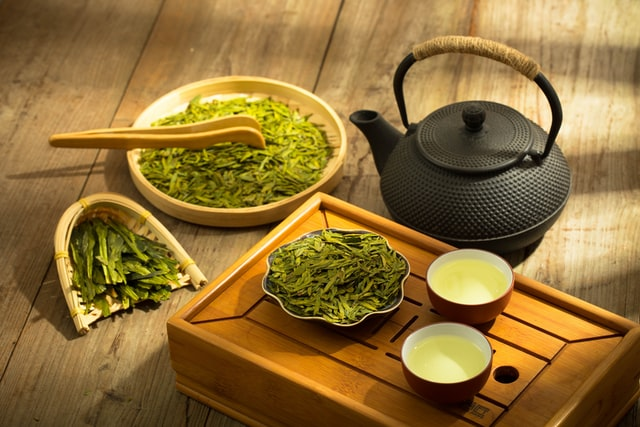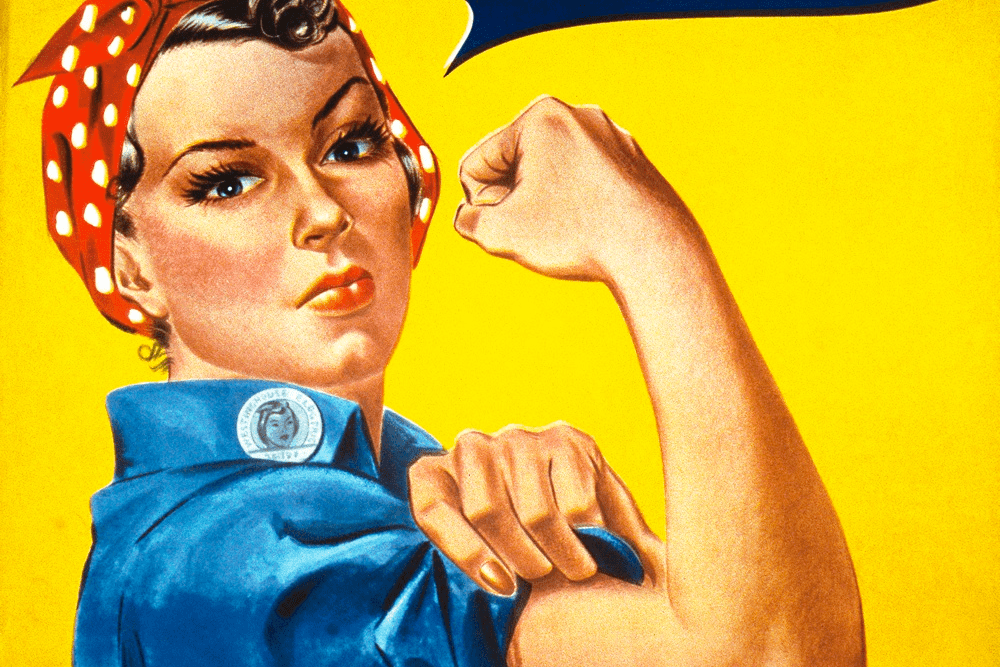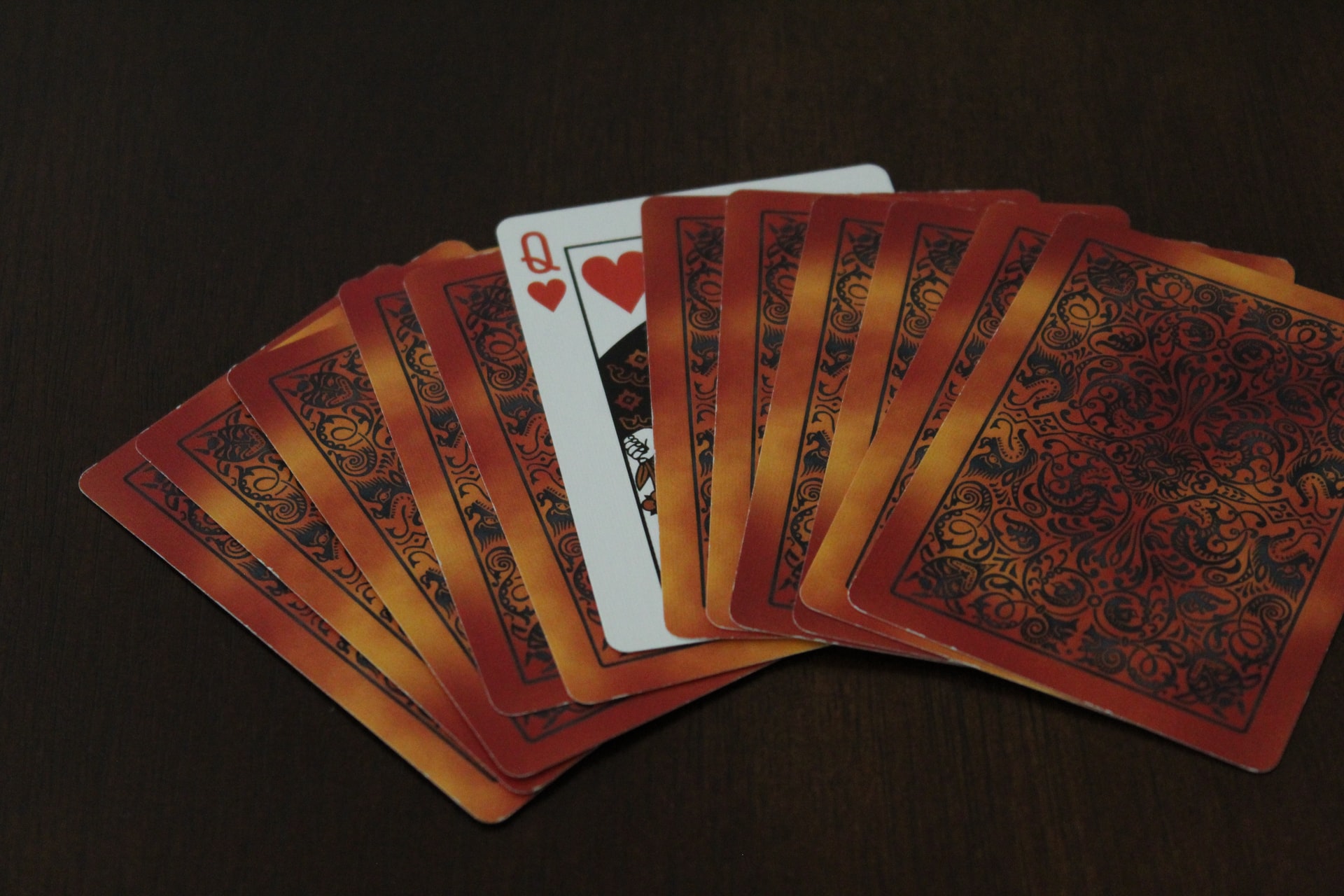Sunday Health Hack No. 23 – Make drinking tea a new easy habit, swapping some of the coffee breaks for health beneficial tea time-outs.
It’s teatime, and instead of just picking one variety in particular I want to give you my favourite list of (Green) teas which I consume on a regular day, again always having an eye on health benefits too, stacking them on each other. It’s also one of the most common questions I get when asked about my “drinking habits” :-).
For sure, everyone has stumbled across the many health benefits of tea before, so not of surprise drinking tea is deeply enrooted in many, many different cultures.
The history of tea dates back to ancient China, almost 5,000 years ago. It was popular before the Egyptians built the great pyramids and was traded with Asian countries even before Europe left the dark ages. Still, the Chinese empire tightly controlled the preparation and cultivation of the crop. And for thousands of years tea was used first and foremost as medicine, before eventually tea became also valued for everyday pleasure and refreshment. Tea plantations started to spread throughout China and then Asia, tea merchants became rich, and expensive, elegant tea wares became the banner for the wealth and status of their owners.
Up to the mid-17th century, all Chinese / Asian tea was Green tea. But as foreign trade increased, the growers discovered that they could preserve the tea leaves with a special fermentation process. The resulting Black tea kept its flavour and aroma longer (though losing most of the medicinal benefits) than the more delicate Green teas and was better equipped for the export journeys to other countries.
And here we are.
Today, every supermarket is stocked with hundreds and hundreds of different tea flavours and tea mixtures. It’s tough to make a decision. And many might have even read about that many esoteric / pop-art teas are just chopped stems of the tea leaves (the waste), pimped up with some spices and extra (chemical) flavour, but sold to ridiculous prices through boisterous marketing claims.
It is super okay if you love tea, you already have your own brands and flavours, just for the taste of it. All good! And please continue to do so because at least it adds to your daily water intake.
But if you are looking for additional benefits for your health, quality really matters. And so, to no surprise, we are back to square one, to its original source – Green tea.
After my morning coffee with Chaga mushroom extract, the first cup of tea I indulge is Pu-erh tea.
Pu-erh tea is made from the leaves of the Camellia sinensis plant. This is the same plant that is used for making Green teas. But the leaves undergo a long fermentation process and then a prolonged storage as bricks or cakes, “aging” under high humidity. Unlike other teas, which get stale over time, Pu-erh can mellow and improve with age like fine wine. Some Pu-erh teas are more than 50 years old, and rare Pu-erh teas sell for many thousands of dollars in Asian specialty stores.
The tea got its name from the ancient tea-trading town of Pu’er in the Chinese Yunnan Province. Pu-erh tea contains a good amount of caffeine but it releases the caffeine slowly over a long time. So, no caffeine jitters or crash, but it offers a nice state of extended mental alertness and sharp thinking.
On the health benefit side, people in Asia drink Pu-erh tea primarily for its weight loss power, as it prevents the body from absorbing the fats in the diet, and it helps to balance and thrive the good bacteria in your gut.
It’s also beneficial for your cholesterol and insulin levels, for your skin, and it’s packed with antioxidants.
My trusted source for quality Pu-erh tea (in Germany / no affiliation): https://bit.ly/38BxzWI
Extra tip: For best Green tea flavour, bring spring or freshly drawn filtered water to 85 degrees Celsius. Allow the tea to steep for 3 minutes. After 3 minutes, remove the sachet and enjoy.
And don’t forget – make use of these ~3min for having an extra glass of water too :-).
Later in the morning I switch to a cup of Gyokuro. Gyokuro is a special type of green tea from Japan, shaded from the sun for 20 days with specially made mats which allows the caffeine levels to increase in the leaves, in addition to allowing the amino acids to get stronger, producing a sweeter and stronger flavour.
Gyokuro is considered to be one of the highest grades of green tea in Japan. This quality also comes with a high price, but the taste and the health benefits are worth it. And we are talking one cup a day, and just a few grams of tea.
First, Gyokuro offers the same prolonged caffeine benefits as Pu-erh tea. On the health benefits side, Gyokuro is high in catechins, a powerful bioflavonoid proven to aid in lowering the risk of blood clots, heart attack, stroke, and other cardiovascular diseases. On top of this, Green tea can also block the absorption of LDL (low-density lipoprotein) cholesterol, referred to as bad cholesterol. Drinking Gyokuro also helps lowering your blood pressure, protects your body from toxins, and regulates your blood sugar levels.
My trusted source (no affiliation): https://bit.ly/3lAPLCB
Sidenote: When brewing gyokuro is that the temperature must be lower than other Green teas, and the steeping time is longer. The ideal temperature is 50°C to 60°C, for around 3-5min.
After my early afternoon / after lunch coffee with Lion’s mane mushrooms extract I reduce my caffeine intake with a nice cup of Hojicha, another Japanese tea. Hojicha tea leaves are roasted after the steaming process, while other green teas are only steamed. The high temperature burns away most of the caffeine within the leaves. Hojicha has risen in popularity in recent years due to its toasty aroma and flavour.
But Hojicha tea is also high in vitamins (Vitamin A, C, and E) that are known to fight against the common cold, regulate the immune system, prevent scurvy, and even reverse the effects of a compromised immune system.
Additionally, Hojicha tea boosts the body’s metabolism, which promotes weight loss and increases your body’s calorie use, leading to fat burn. So, it’s an ideal after (heavy) lunch as well as a pre-workout drink if you do train in the evening, doubling the calorie/fat-burning effect.
My trusted source (in Germany / no affiliation): https://bit.ly/39D8ESB
As mentioned in former blog posts and hacks, an hour before bed I switch off all electronics (and Wi-Fi) for giving my nervous-system the chance to calm down after a stressful working day. And while I may read a book or drop a few lines in my journal, a nice cup of Rooibos tea goes along with that.
Rooibos (pronounced Roy-bos) tea is made from a bushy, low growing plant, Aspalathus linearis. The linearis part of the botanical name describes the straight, needle-like leaves. It is native to the mountains of Cederberg, South Africa, and no other regions worldwide have been able to successfully cultivate it. The common name ‘rooibos’ means ‘red bush’ in Afrikaans, describing the deep red colour of the tea.
The first people to drink rooibos tea were the Khoisan people, the indigenous tribe from the Cederberg region of South Africa. Over 300 years ago they were harvesting wild rooibos in the mountains to use as medicine for various ailments. They appreciated the healing qualities of the plant and the sweet, smooth flavor of the tea.
From helping prevent heart disease, to balancing blood-sugar, to supporting digestive health (and thus weight loss), to strengthening your immune system, the high level of antioxidants in Rooibos tea have proved to be just as healthy as in green tea.
But primarily, Rooibos tea, which has no caffeine at all, lowers the production of cortisol and by doing so, also lowers the body’s stress levels, which is why it is such a tasty, wonderful bed-time tea.
My trusted source (in Germany / no affiliation): https://bit.ly/3tcONRl
Sidenote: All the above-mentioned health benefits, whether it is weight loss, boosting the immune system or the increase of brain function, are the result of the compound EGCG in Green tea (epigallocatechin gallate). EGCG is what’s known as a water-soluble catechin. While catechins are widely accepted to be some of the most (health) effective of the polyphenols, one member of this group stands out – EGCG. In fact, EGCG is regarded as the most potent antioxidant catechin.
Extra tip: Of course, I always but a couple of slices of fresh organic Ginger to my teas, which not only adds some nice (ginger) flavour but also stacks additional health benefits!
Coffee, tea or me – All yours, Andreas
Sunday Quote
Tea is the Elixir of Life.
Chinese Proverb
Sunday Music
(Green) Tea is not only an Elixir but also THE way for a long, healthy, centred and strong Life – for you and all Samurais out there.



